Chicago Gripped by Protests Against ICE Raids and Arrests – Anti-ICE
Chicago did not remain untouched by the wave of protests sparked by ICE raids and arrests in cities like Los Angeles. A large number of protesters gathered—estimated at over 1,000 people—to rally against the actions of ICE. One of the key reasons for public outrage was the arrest of SEIU leader David Huerta, which further ignited national anger, particularly among immigrant communities. Many participants also recalled the George Floyd protests that previously took place in the city.
Tensions escalated when protesters clashed with law enforcement, resulting in several arrests. Human rights activists claimed that arrests were politically motivated and marked by excessive force. In response, the Chicago Police Department mobilized its anti-riot units to prevent the situation from spiraling further. Political conflict between state and federal authorities also contributed to the unrest, a recurring theme in Chicago’s long history of protests, whether concerning state or federal issues.
Protesters targeted ICE centers and federal buildings throughout the city, holding signs, banners, and flags to voice their grievances. Law enforcement responded with tear gas and batons to push back the crowds. Many nearby businesses closed, impacting the local economy and livelihoods. Despite the protests, ICE continued routine immigration checks. Compared to Los Angeles, the protests in Chicago were more contained, and unlike previous riots, there were no reports of looting or major violence. The anti-ICE movement is gaining momentum across cities, although violence has only been reported in L.A.
National Guard units reportedly entered the city without the governor’s approval, which legally requires coordination with state authorities—similar to the situation in Los Angeles. ICE has shown no signs of retreat, with support from former President Donald Trump, who defended the agency’s actions as necessary for national security and economic protection. However, activists and legal experts argue that the forceful detentions carried out by ICE were inhumane and unjustified.
The protests also highlighted a lack of communication and coordination between state and federal governments on immigration policy. Demonstrations were also reported in New York, Seattle, and Dallas, which remained peaceful. As political tensions rise, Republicans have criticized the protests, while Democrats have taken aim at the federal government’s aggressive tactics. There have even been calls for congressional hearings regarding the deployment of federal forces and ICE’s authority during the unrest.
The crackdown and public backlash could have long-term implications for immigration reform in the United States—a country known for its diversity. The Chicago protests reflect growing nationwide resistance to both state and federal immigration enforcement. While the general public demands accountability, the government appears to be doubling down on power. ICE’s operations remain unchanged for now, but with increasing public discontent, changes may be inevitable—although as long as Donald Trump remains influential, more confrontation is expected.
Stay tuned for more updates, and feel free to comment if you have any questions!
More Stories : Trump VS Musk Fight
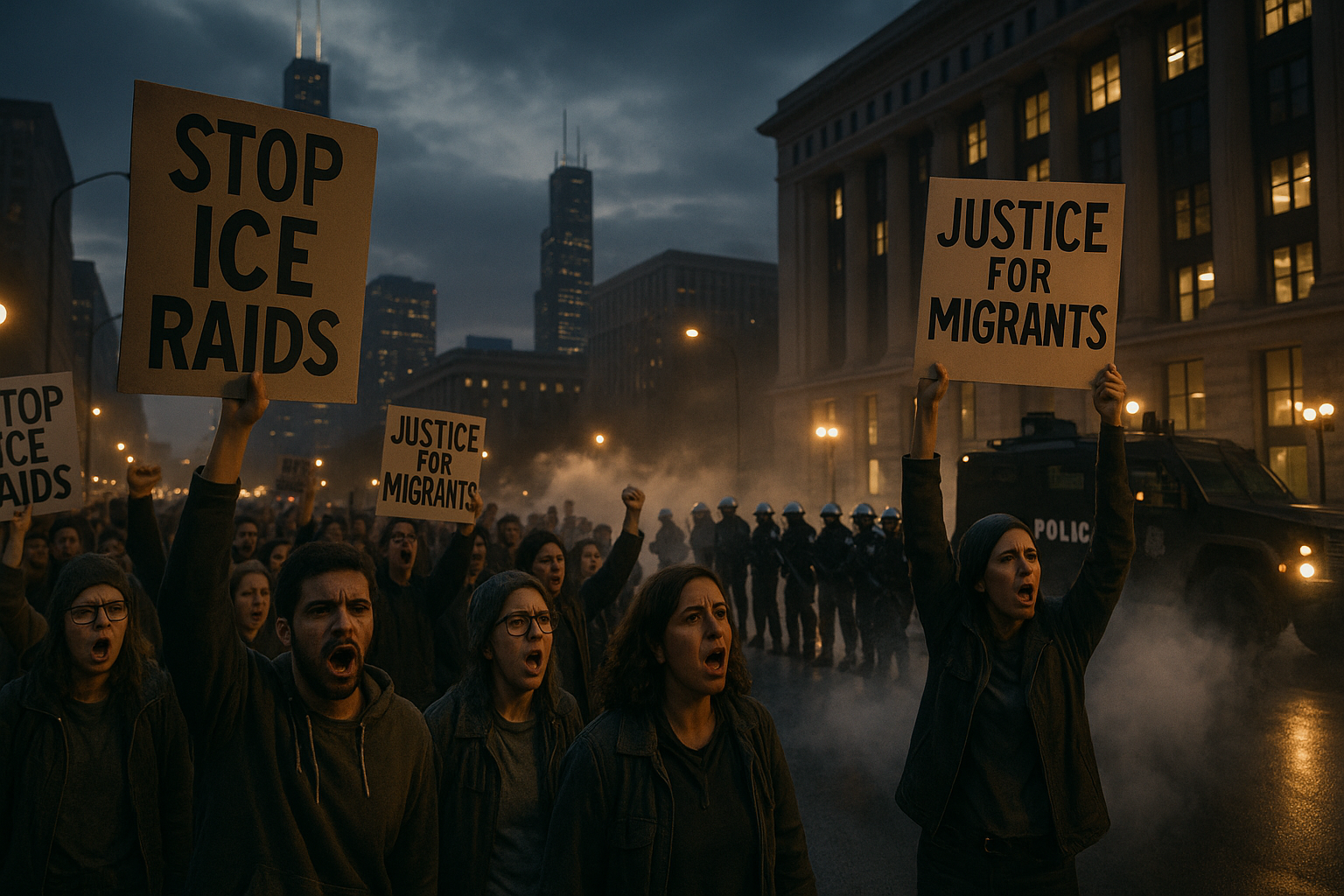

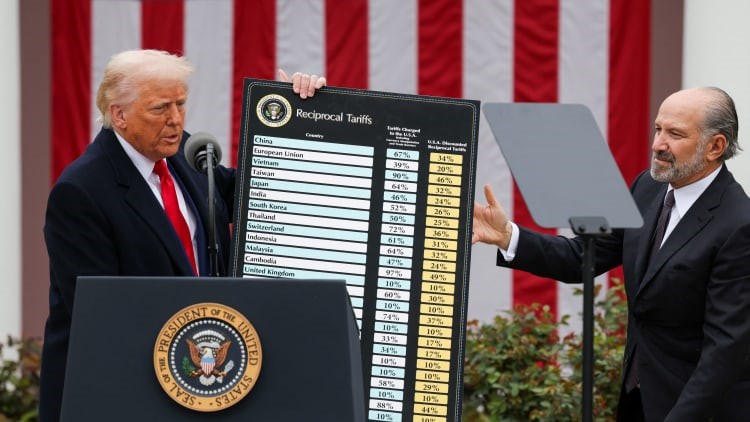
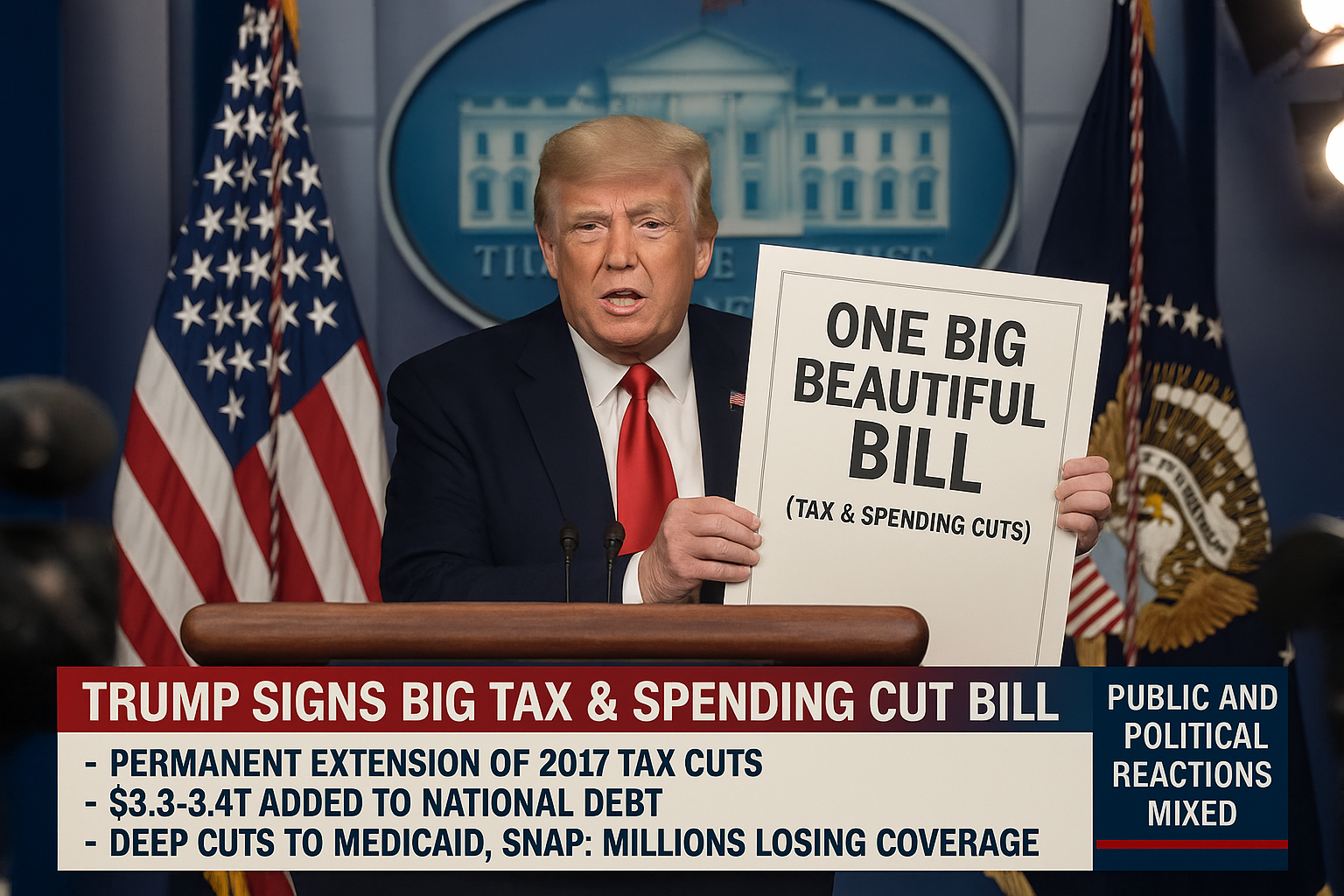
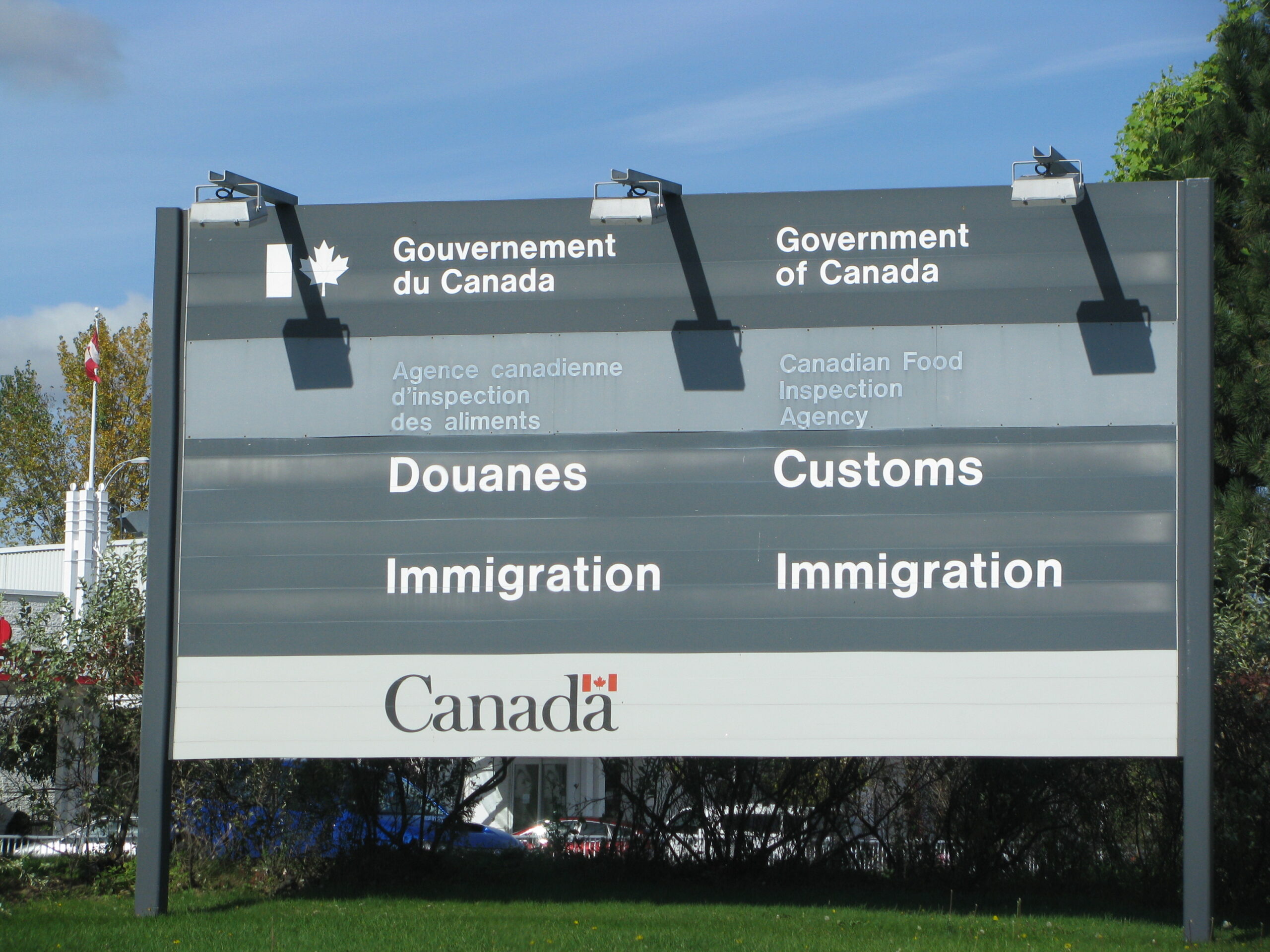
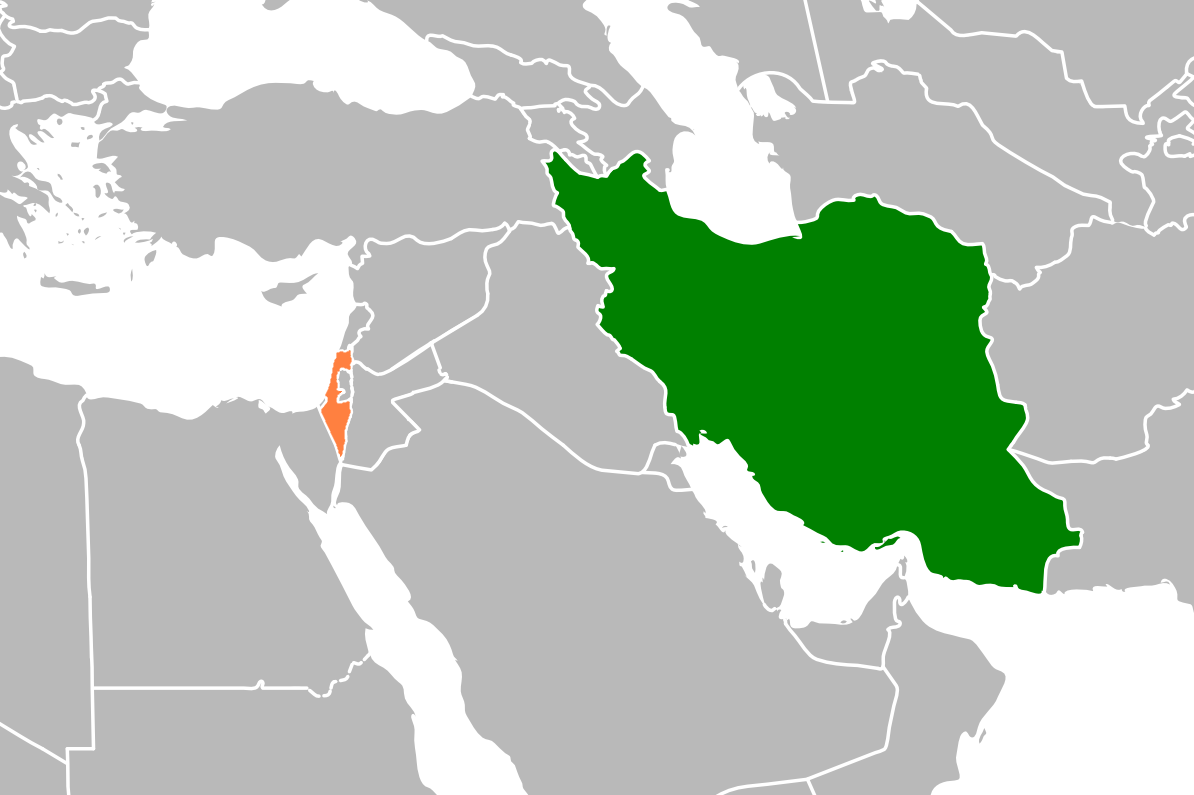

Leave a Reply